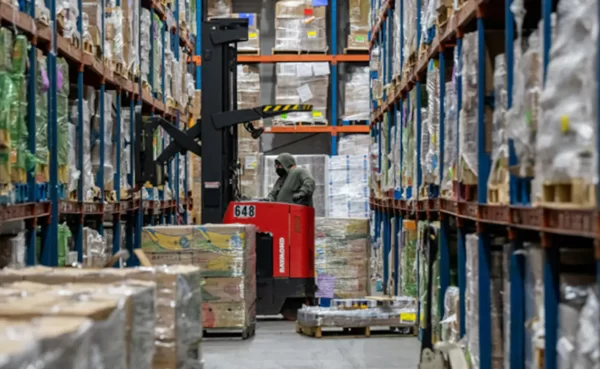In the realm of economics, the buzz surrounding the US inflation rate’s 7.5% jump over four decades has captured the attention of individuals, businesses, and economists alike. This seismic shift in inflation has led to numerous conversations about its origins, consequences, and strategies for mitigating its impact. This article delves into the core aspects of this remarkable event, unraveling its causes, implications, and potential courses of action.
US Inflation: A Historical Overview
Understanding the gravity of the situation requires a look back at the historical backdrop of US inflation. Over the course of the last 40 years, the inflation rate in the United States has surged by an astonishing 7.5%, marking a significant deviation from the relatively stable economic conditions witnessed in previous decades. This shift has led to concerns about its repercussions on consumers, businesses, and the overall economy.
Factors Fueling the Inflation Surge
The surge in US inflation is underpinned by a complex interplay of factors. One of the primary drivers is the rapid expansion of the money supply, triggered by a combination of fiscal stimulus measures and accommodative monetary policies. Additionally, supply chain disruptions, geopolitical tensions, and increased demand for goods and services have contributed to the inflationary pressure.
Examining the Economic Impact
The ripple effects of this inflation surge have reverberated across various sectors of the economy. The purchasing power of consumers has eroded, leading to increased costs of living and reduced discretionary spending. Businesses are grappling with higher input costs, making it challenging to maintain profitability. Investors are reassessing their portfolios to safeguard against the volatility induced by inflation.
Strategies for Navigating Inflation
As the economic landscape adapts to this inflationary environment, individuals and businesses are adopting strategies to weather the storm. Diversification of investments, hedging against inflation through tangible assets, and revisiting budgetary allocations are some of the approaches being explored to mitigate the adverse effects of rising prices.
Expert Insights: Navigating Uncertainty
Prominent economists and financial experts have weighed in on the implications of this inflation surge. According to [source], “The confluence of factors driving inflation demands a multifaceted approach for sustainable economic growth.” It is imperative to strike a balance between addressing inflation and fostering an environment conducive to job creation and economic stability.
Balancing the Federal Reserve’s Role
Central to managing inflation is the role played by the Federal Reserve. Policymakers face the intricate task of employing monetary tools to curb excessive inflation without stifling economic growth. Striking this delicate balance requires a nuanced understanding of the evolving economic landscape and a commitment to data-driven decision-making.
FAQs
Q 1: What exactly is inflation?
Inflation refers to the sustained increase in the general price level of goods and services in an economy over a specific period.
Q 2: How does inflation impact consumers?
Inflation erodes the purchasing power of consumers, leading to higher costs for everyday goods and services, ultimately affecting their quality of life.
Q 3: Is inflation always harmful?
While moderate inflation can indicate a healthy economy, excessive inflation can lead to economic instability, reduced savings, and uncertainty.
Q 4: How can businesses cope with inflation?
Businesses can adopt strategies such as passing on increased costs to consumers, diversifying suppliers, and optimizing operations to navigate the challenges posed by inflation.
Q 5: Can governments control inflation?
Governments can influence inflation through fiscal and monetary policies, but external factors like global supply chain disruptions can also impact its trajectory.
Q 6: What role does demand play in inflation?
Increased demand for goods and services can drive up prices, especially when supply struggles to keep up, contributing to inflationary pressures.
Conclusion: Navigating a Dynamic Economic Landscape
The surge in US inflation by 7.5% over 40 years is a testament to the ever-evolving nature of the global economy. As individuals, businesses, and policymakers grapple with its ramifications, adapting to this new reality requires a proactive approach. By staying informed, adopting prudent financial strategies, and fostering a climate of economic resilience, stakeholders can navigate the challenges posed by inflation and set the stage for sustainable growth.



